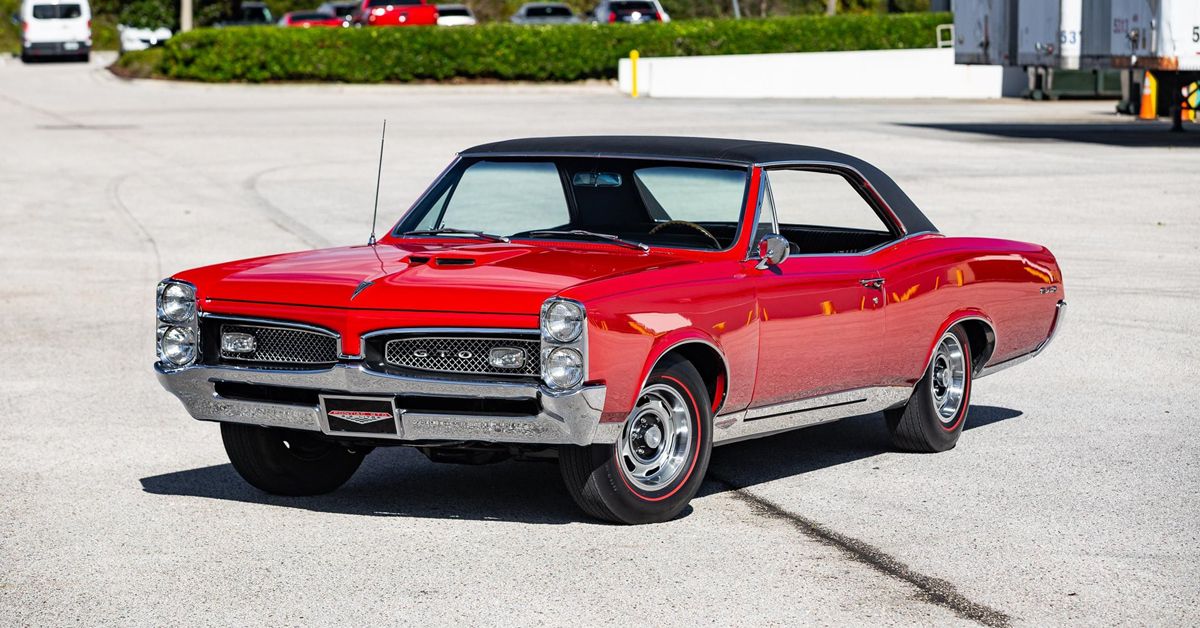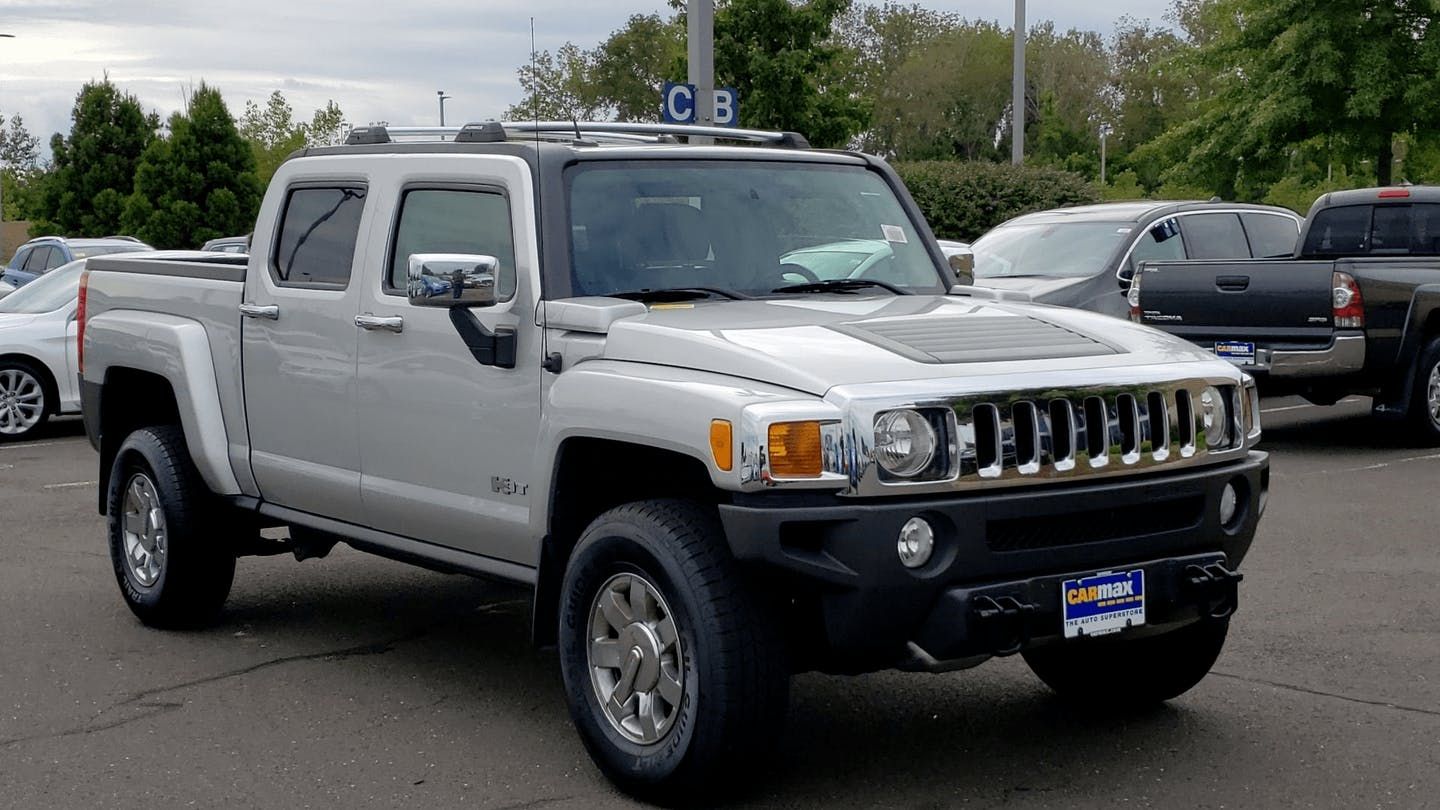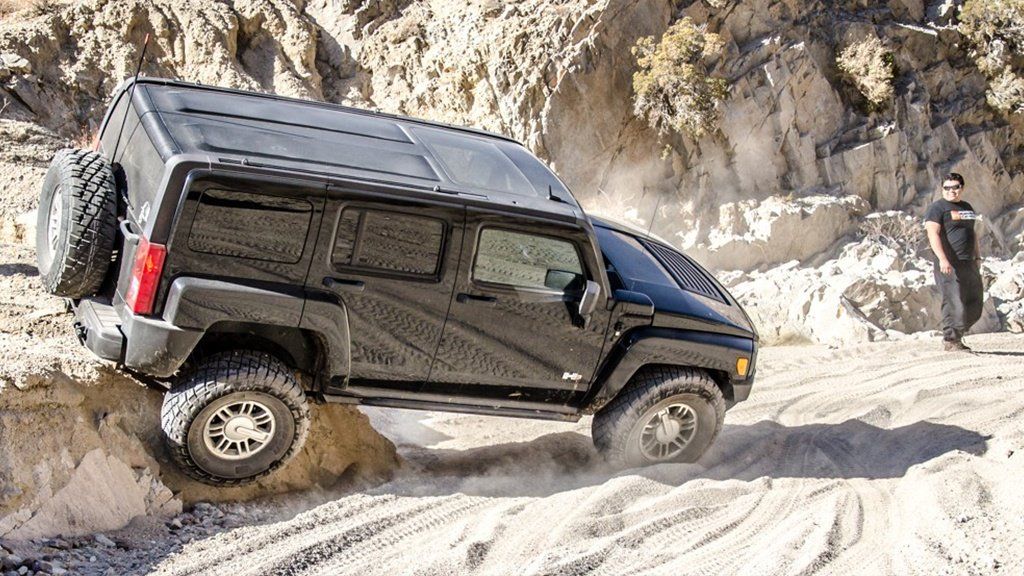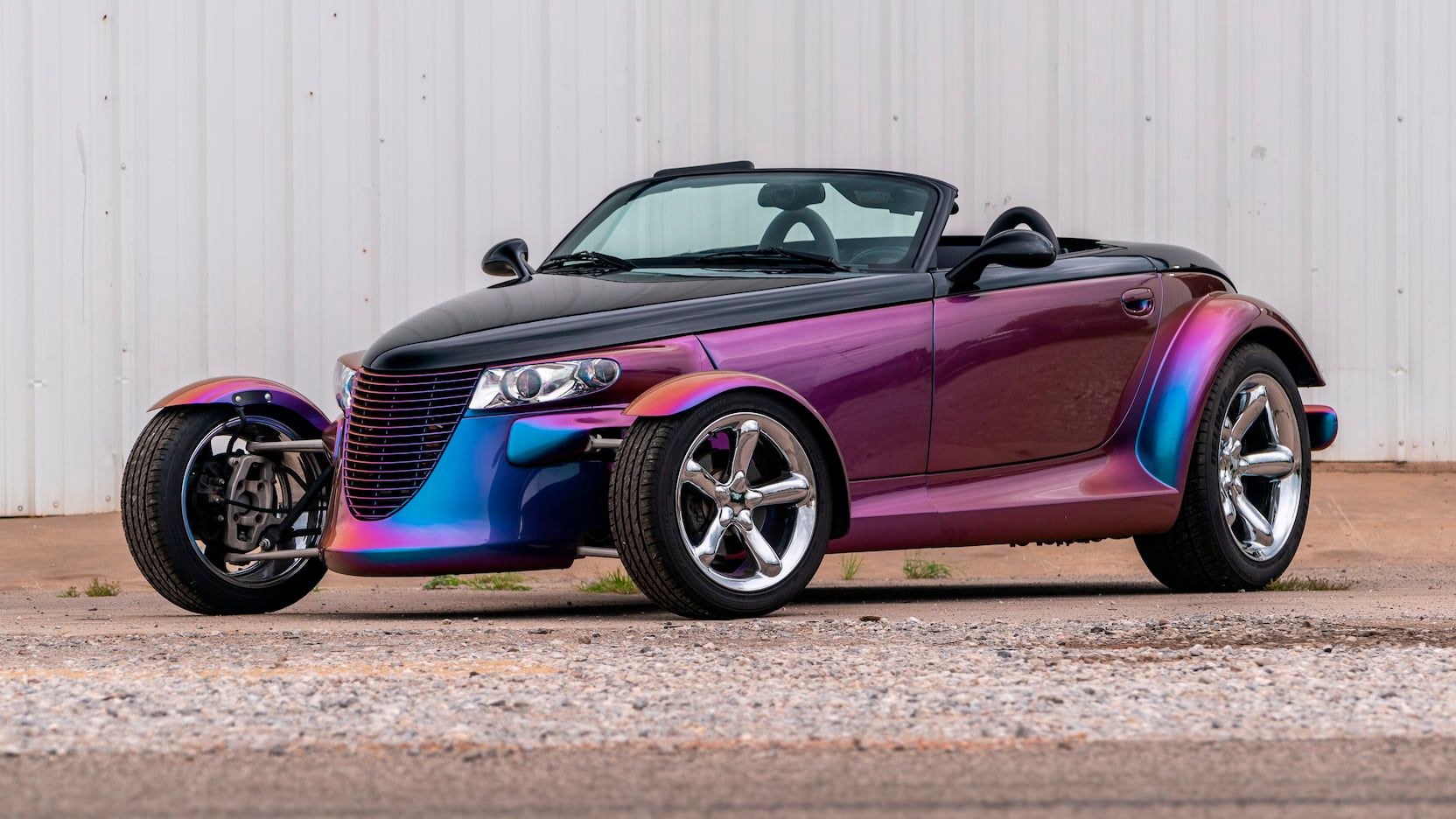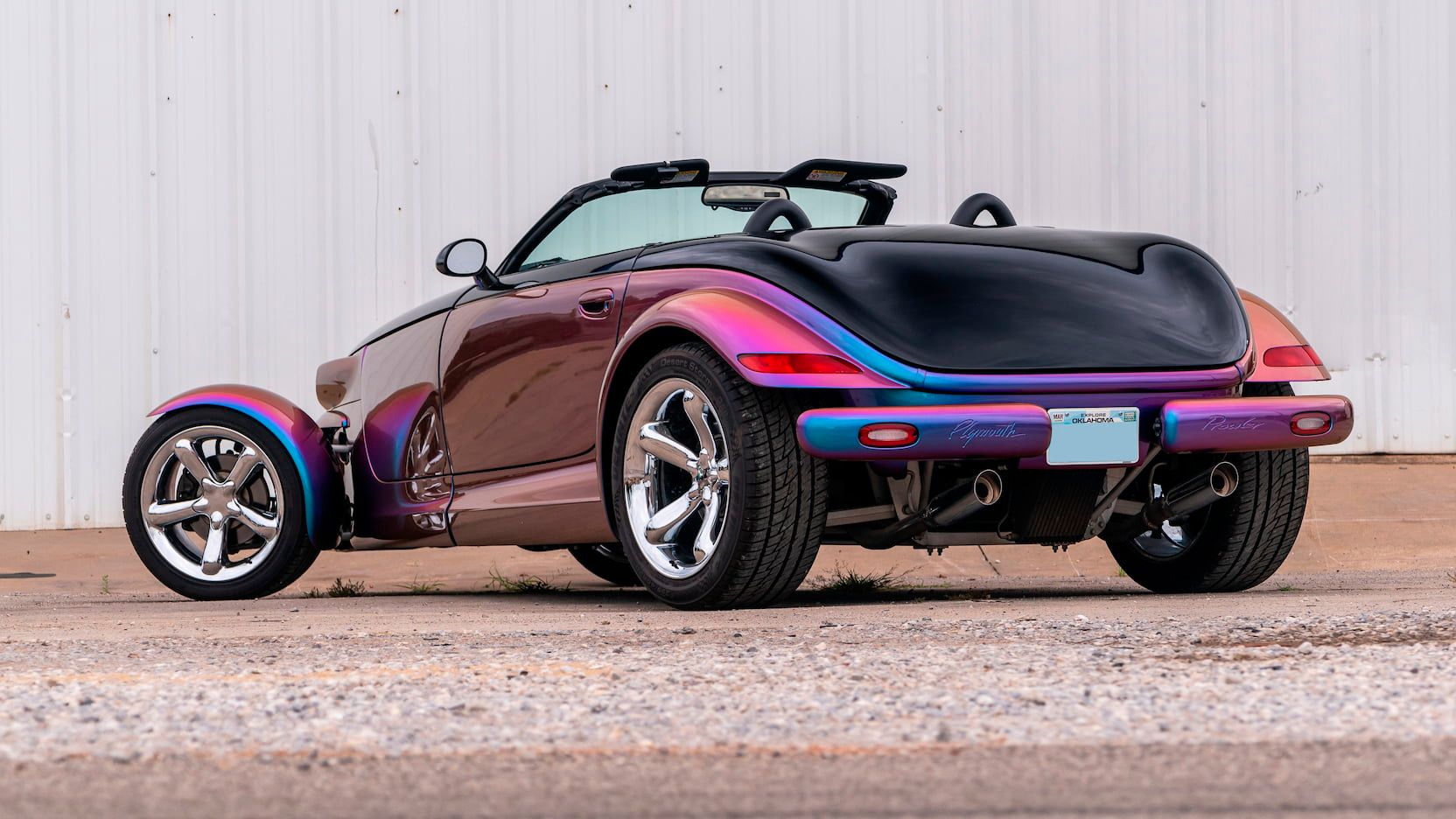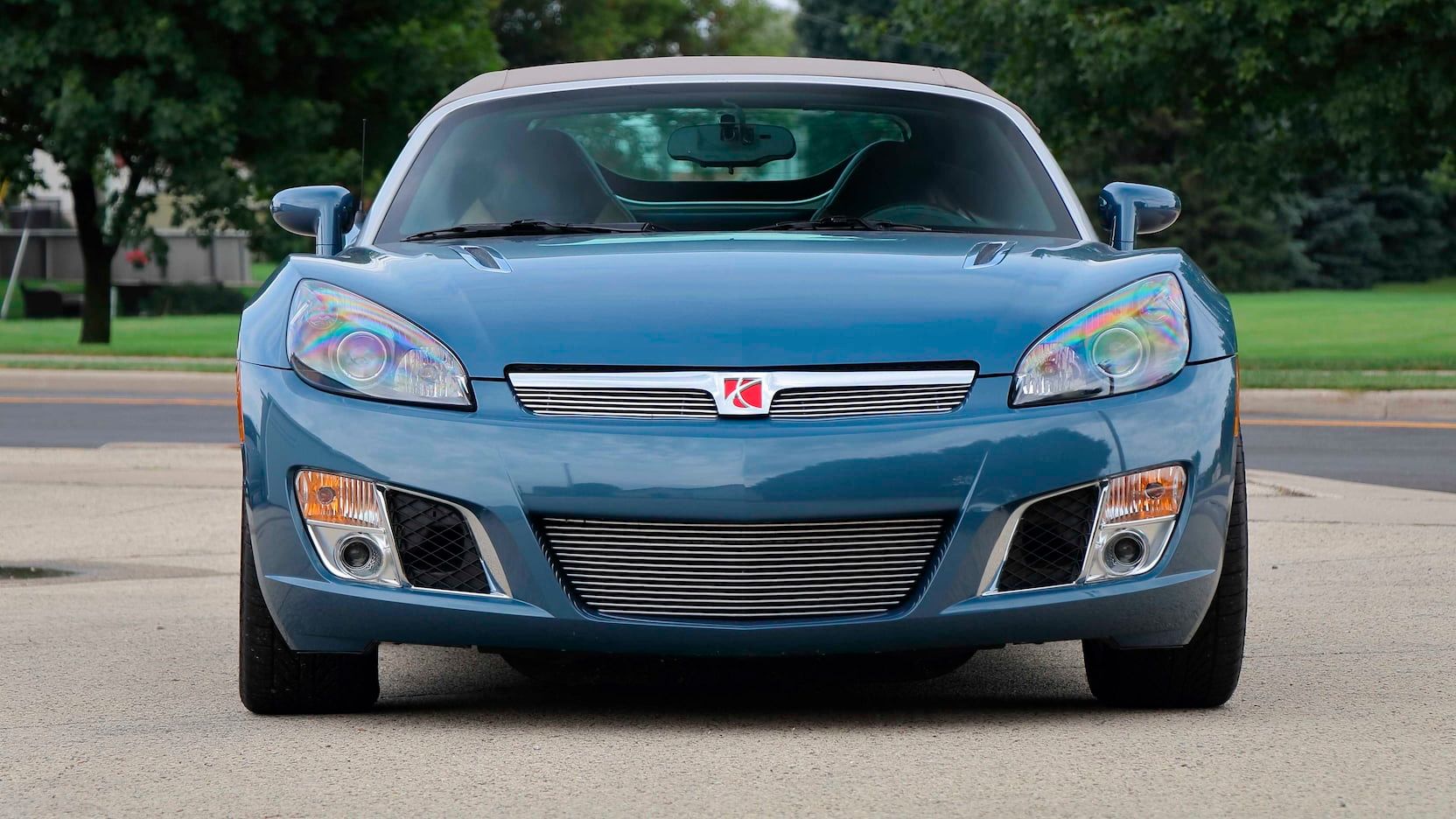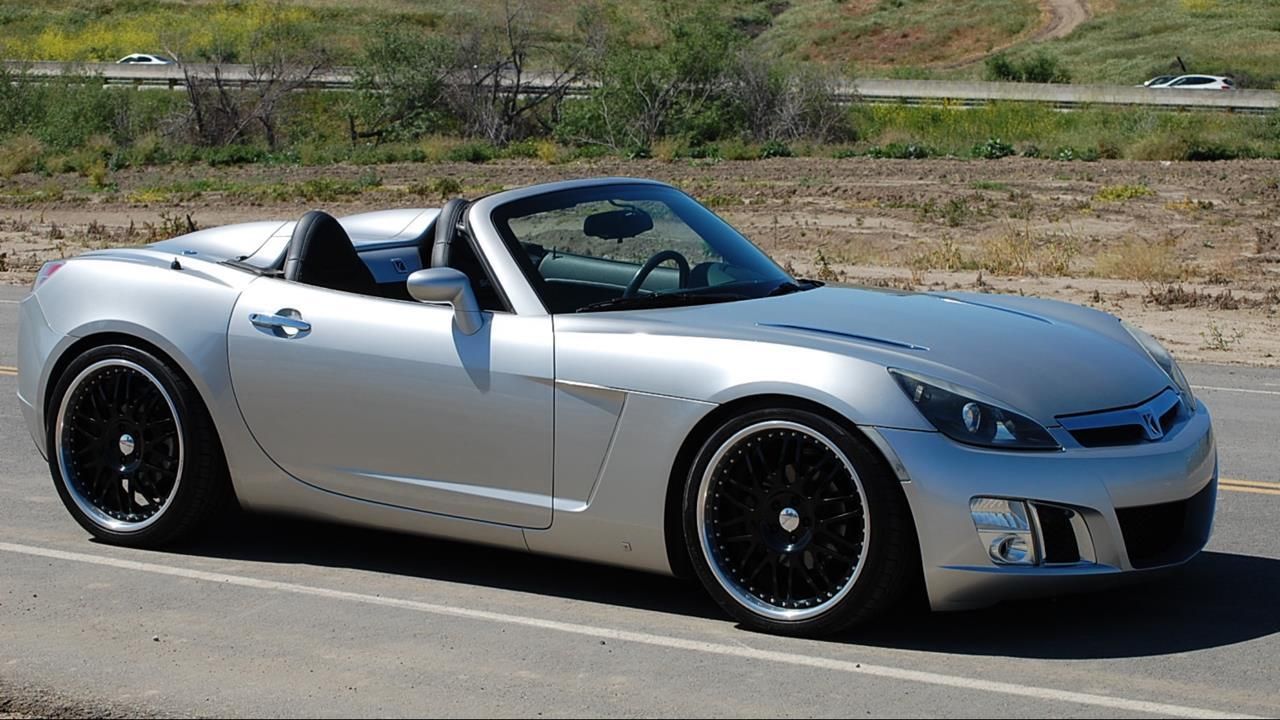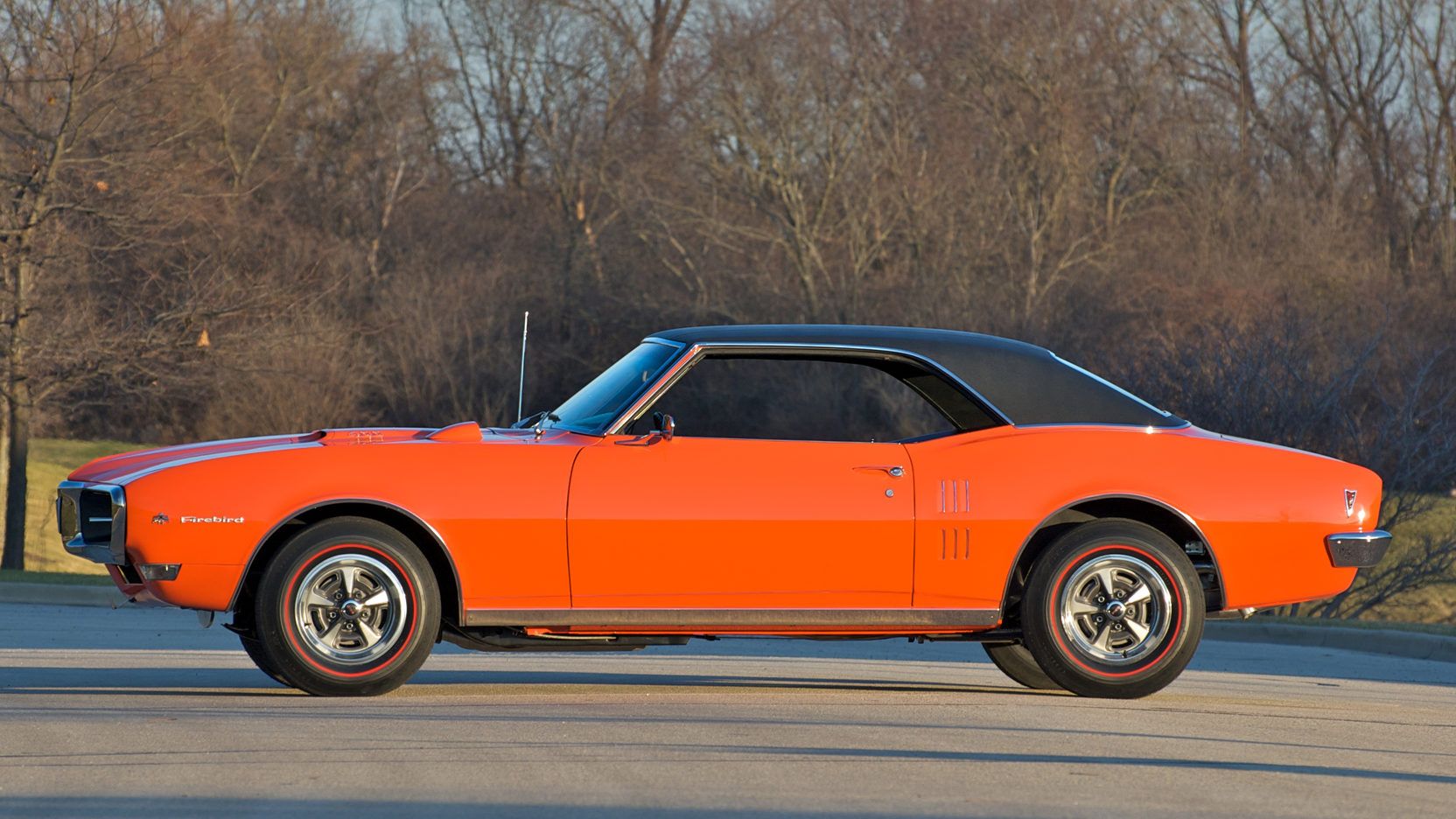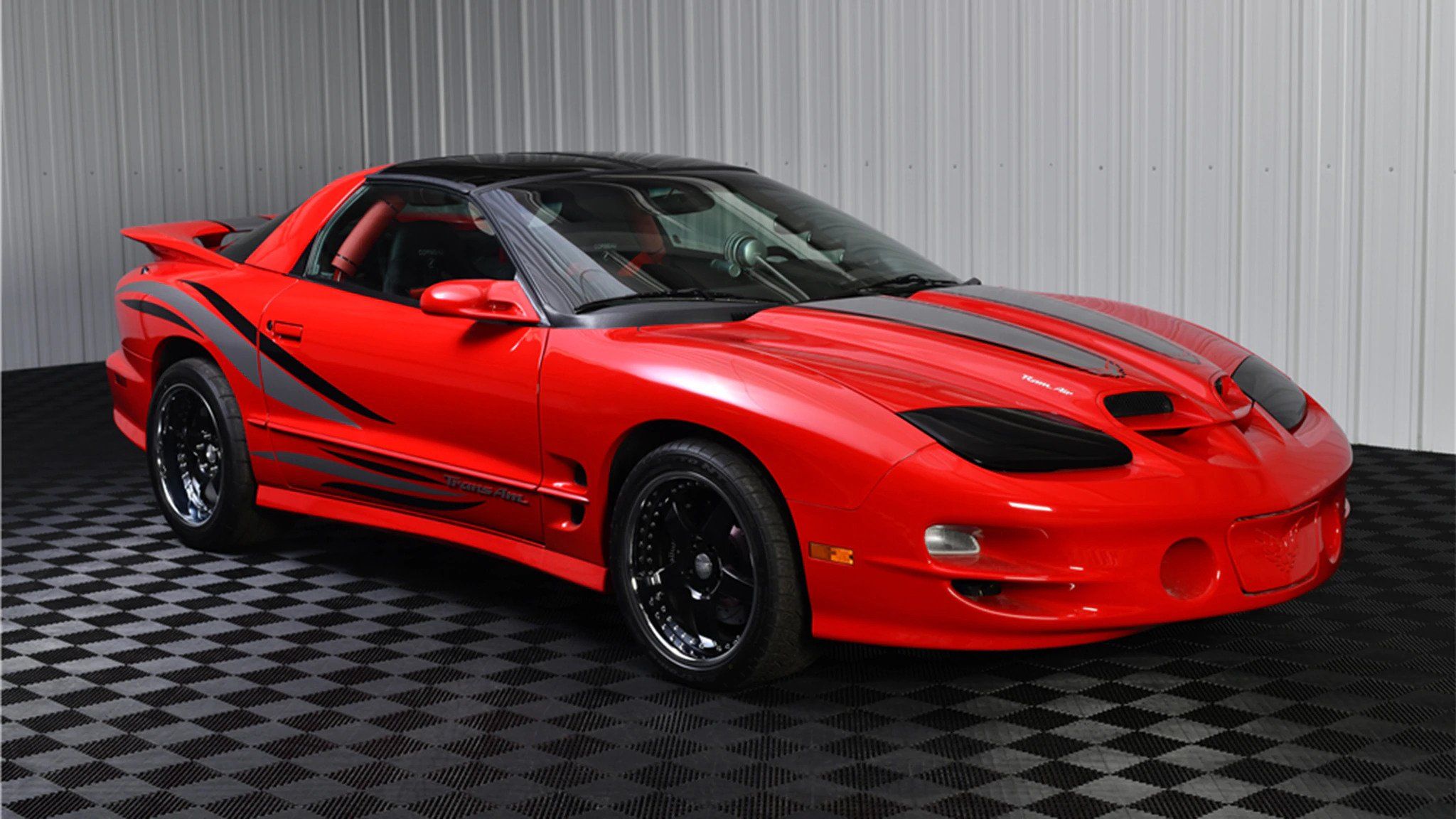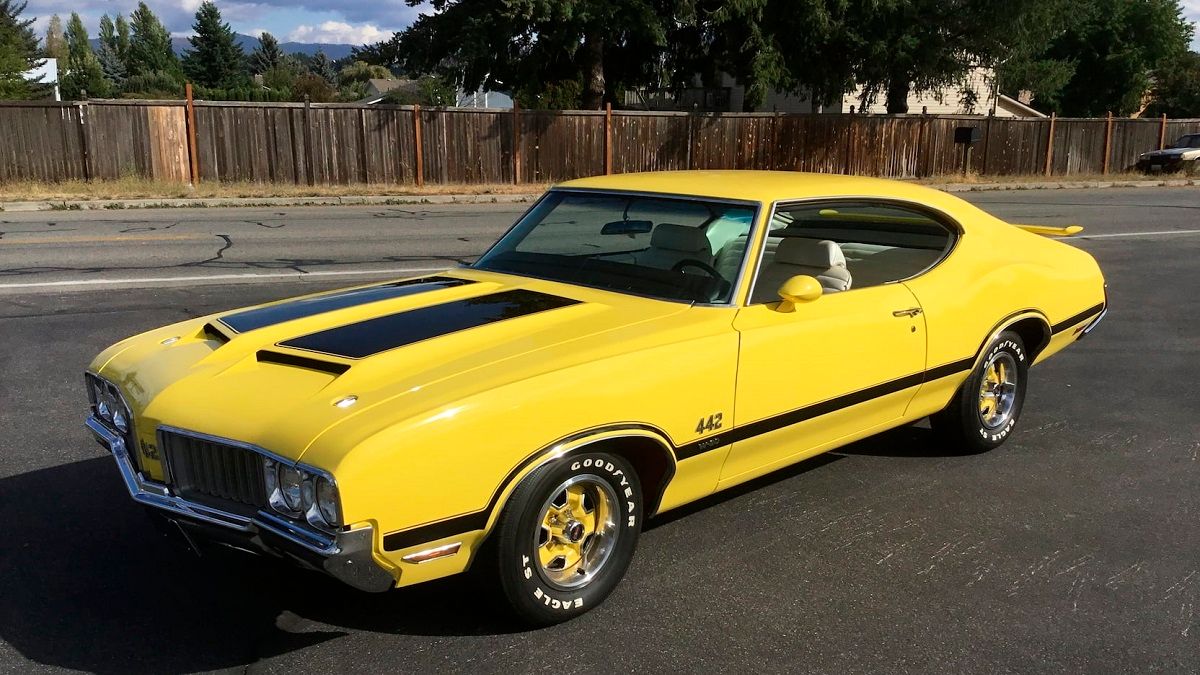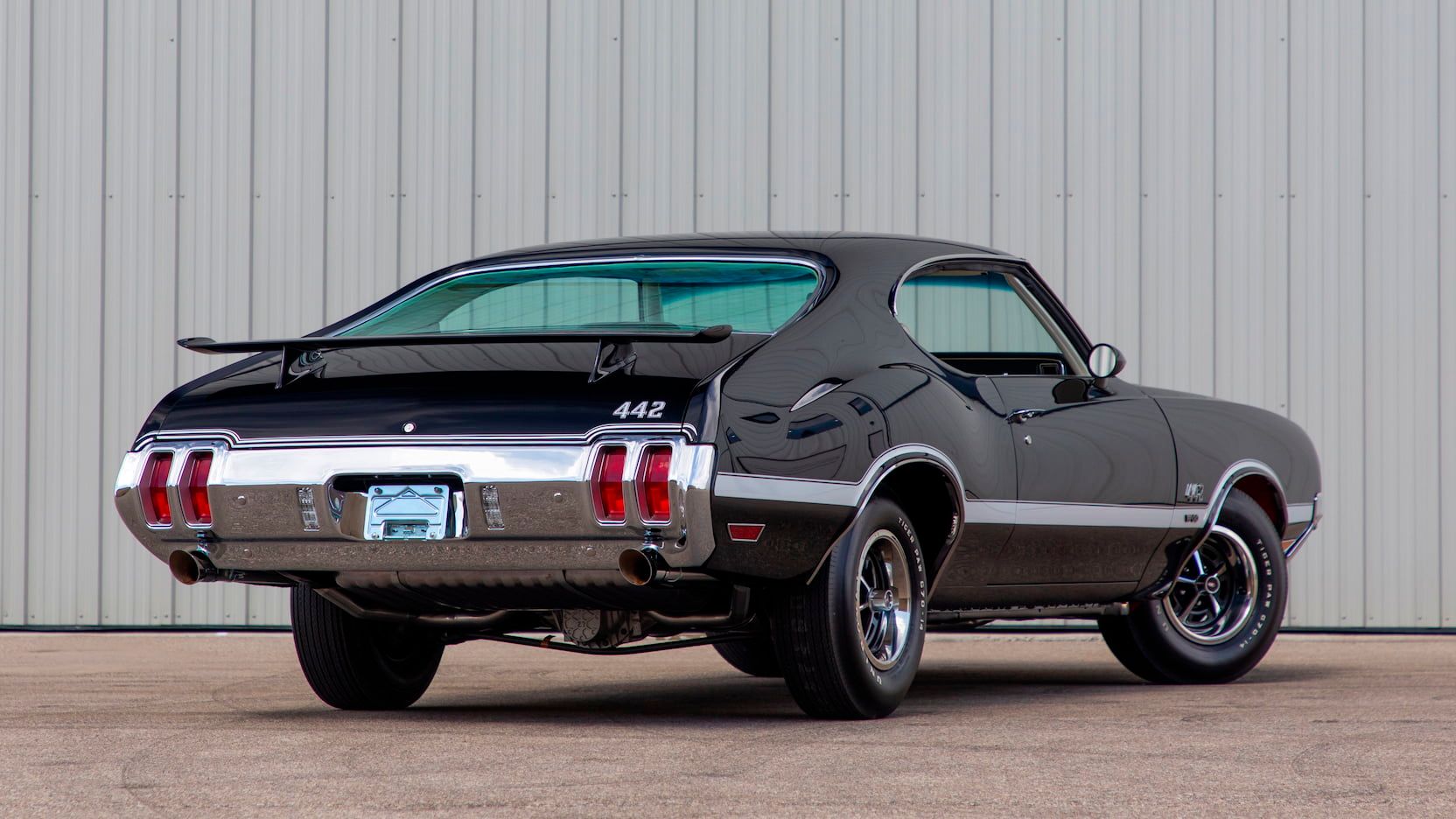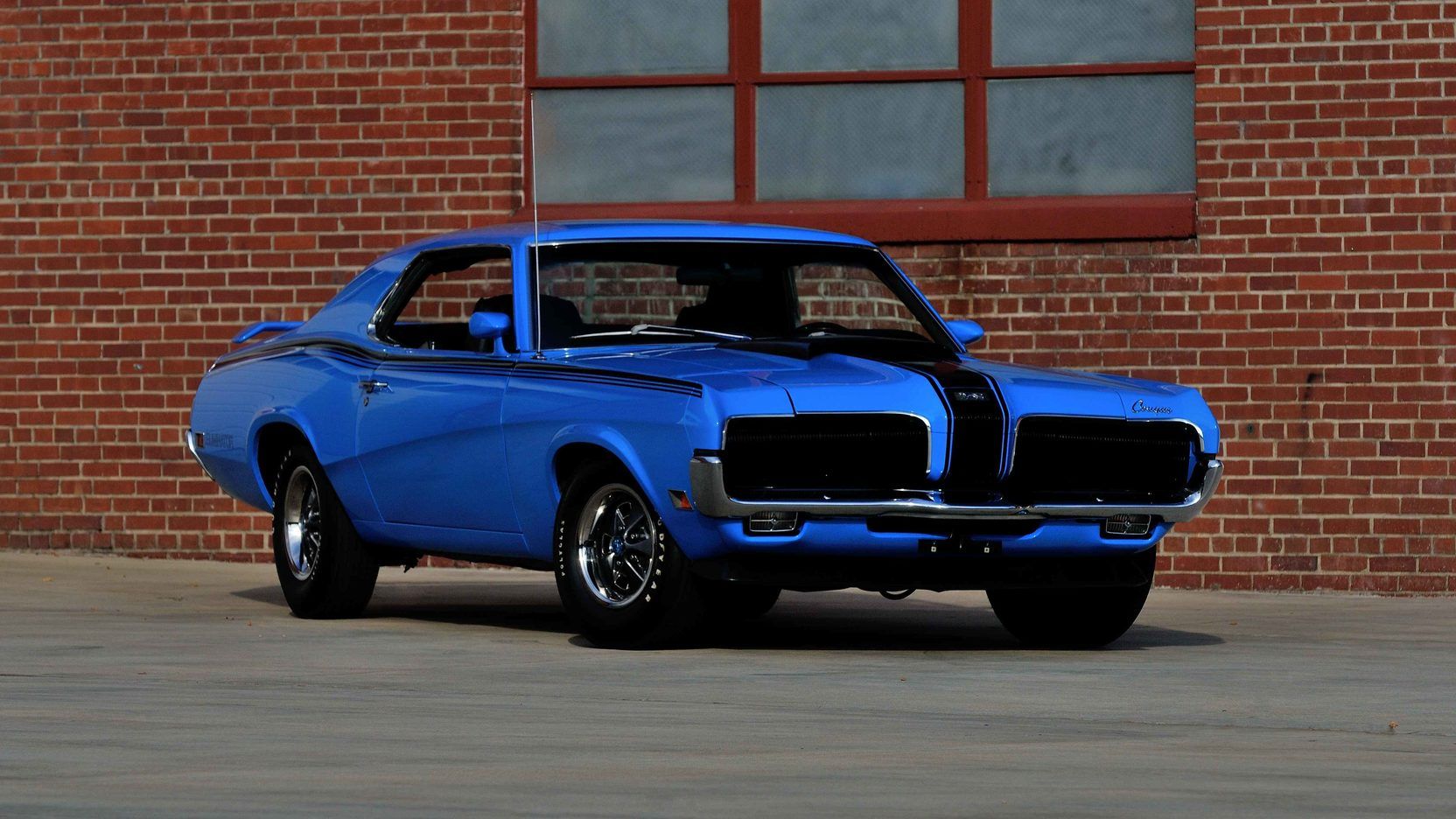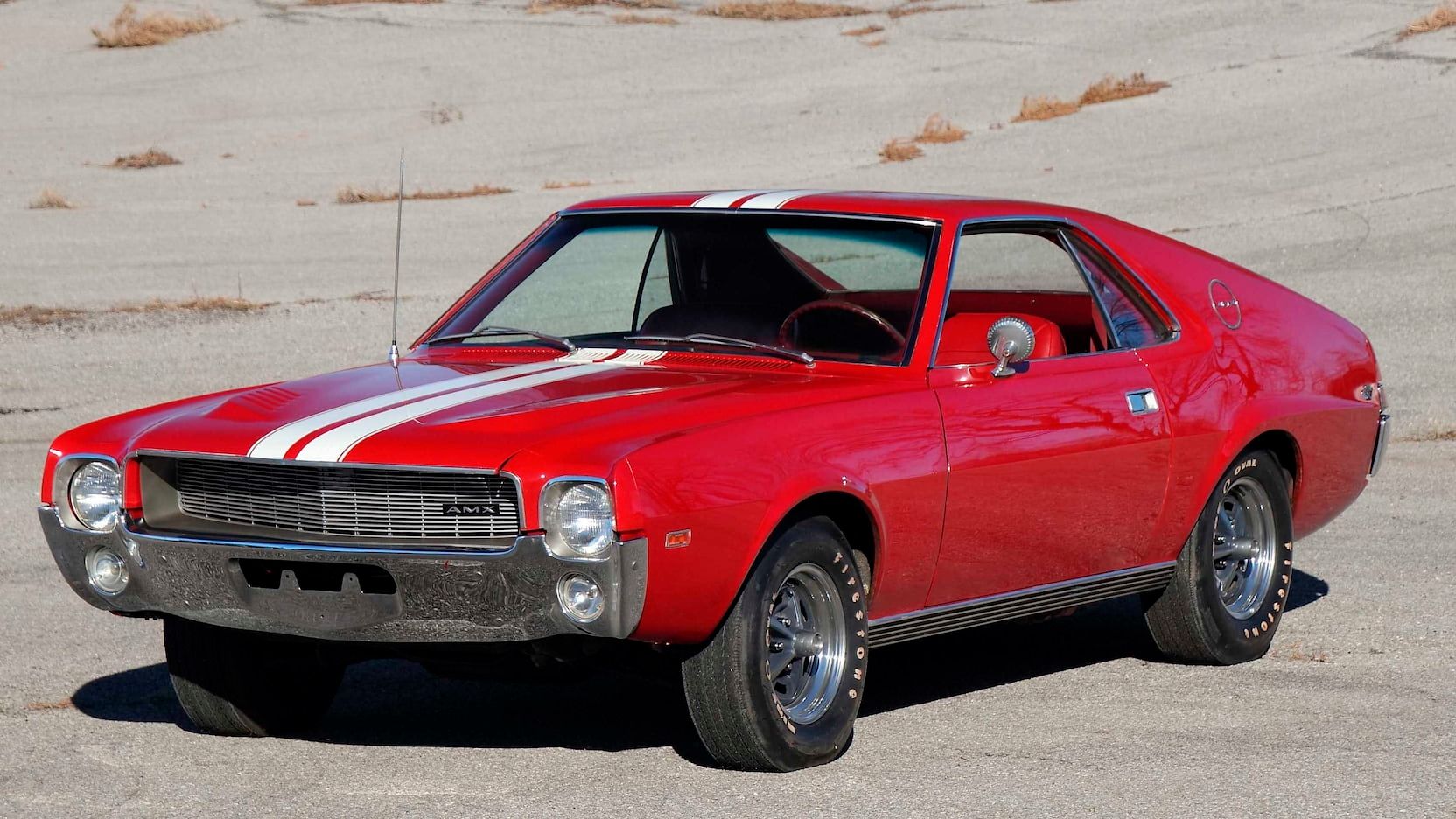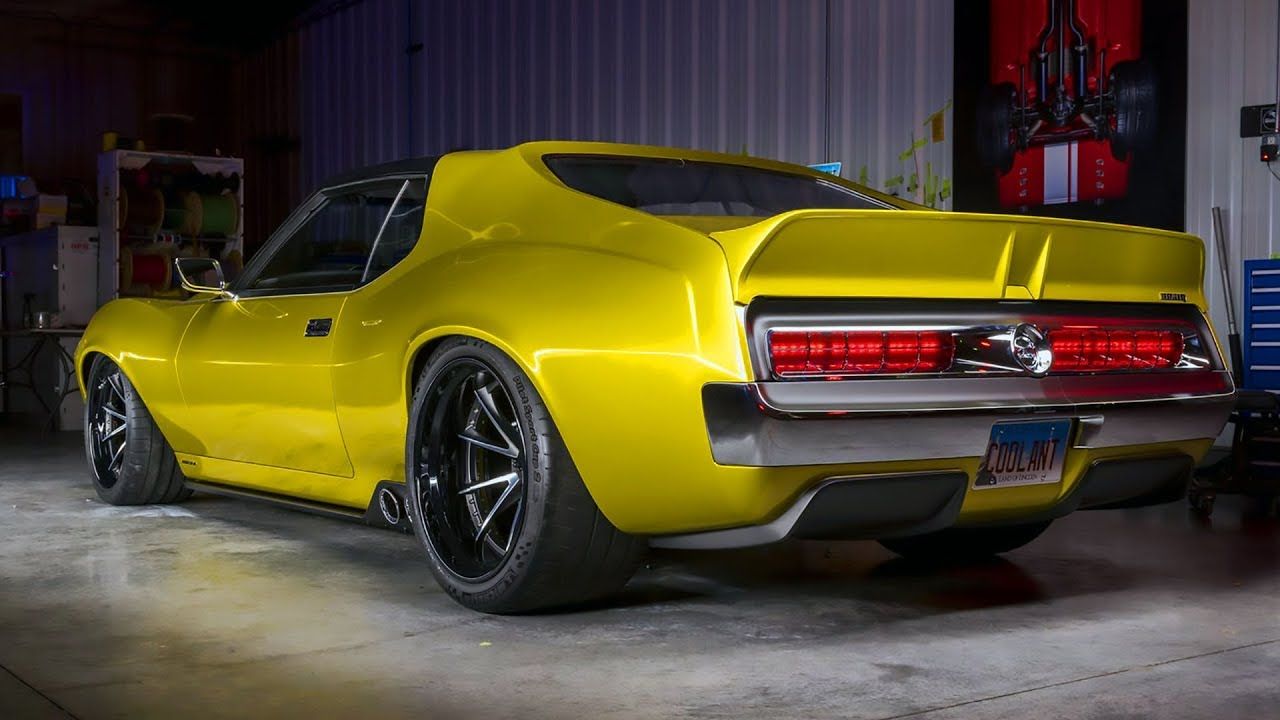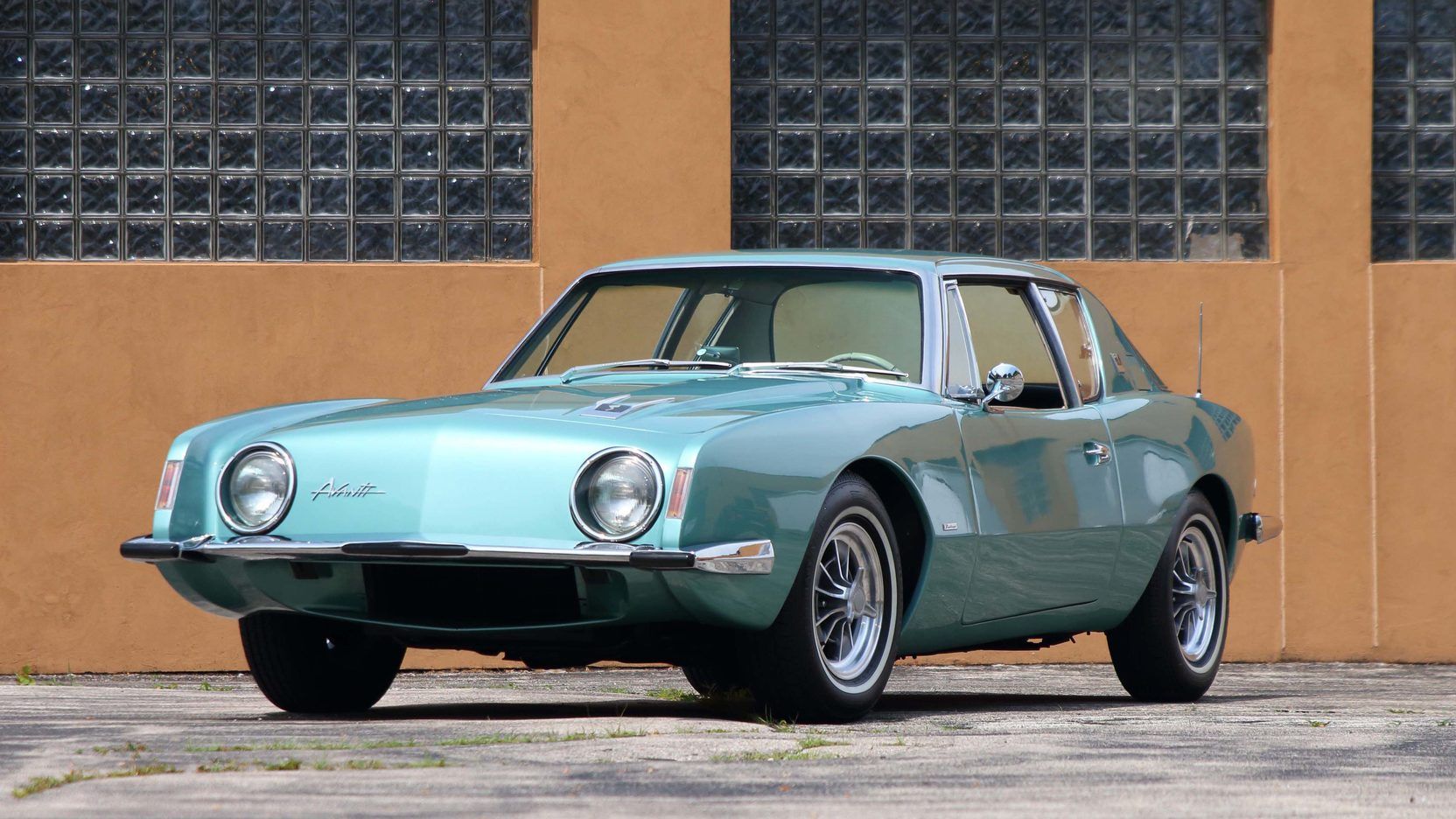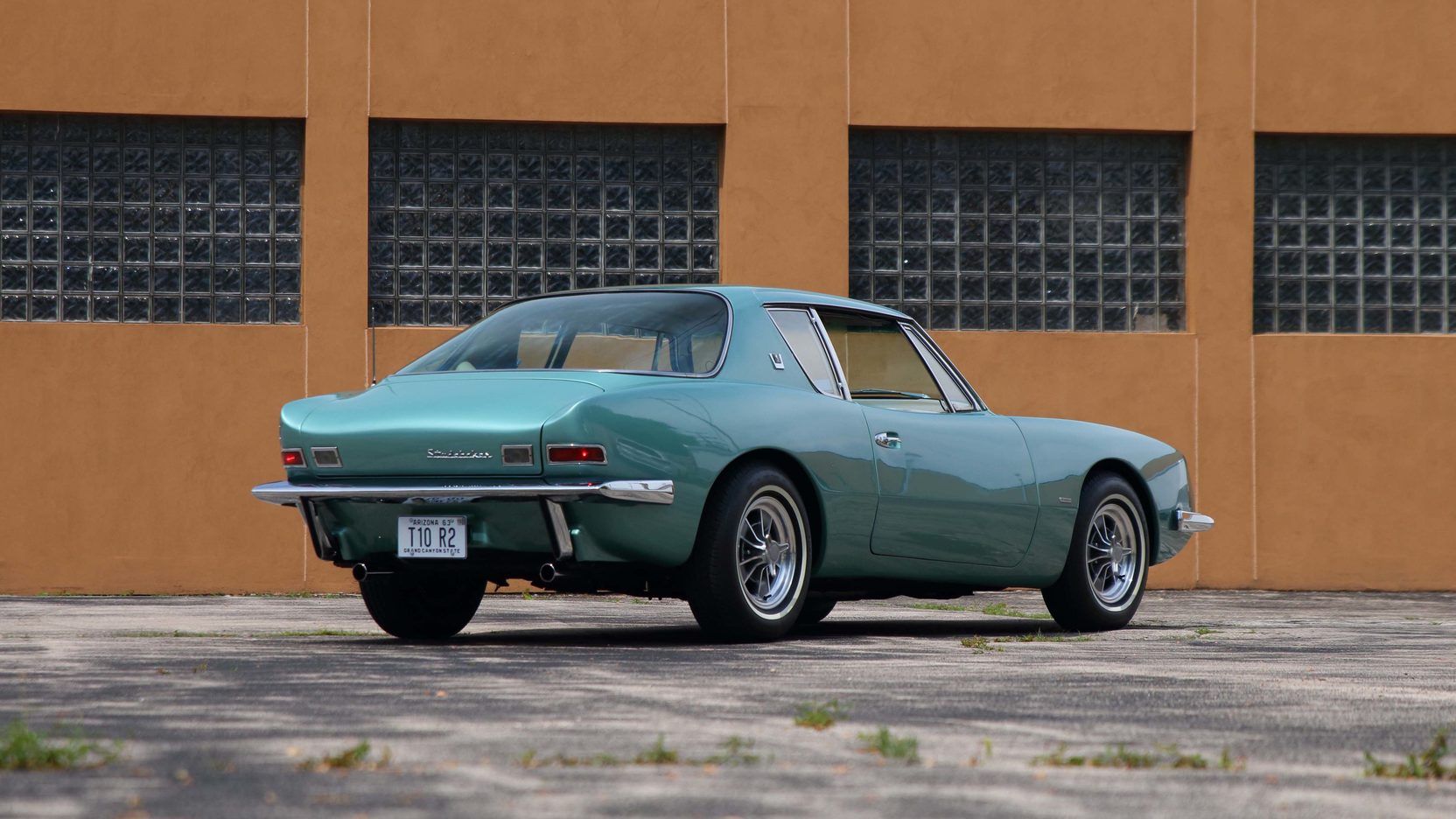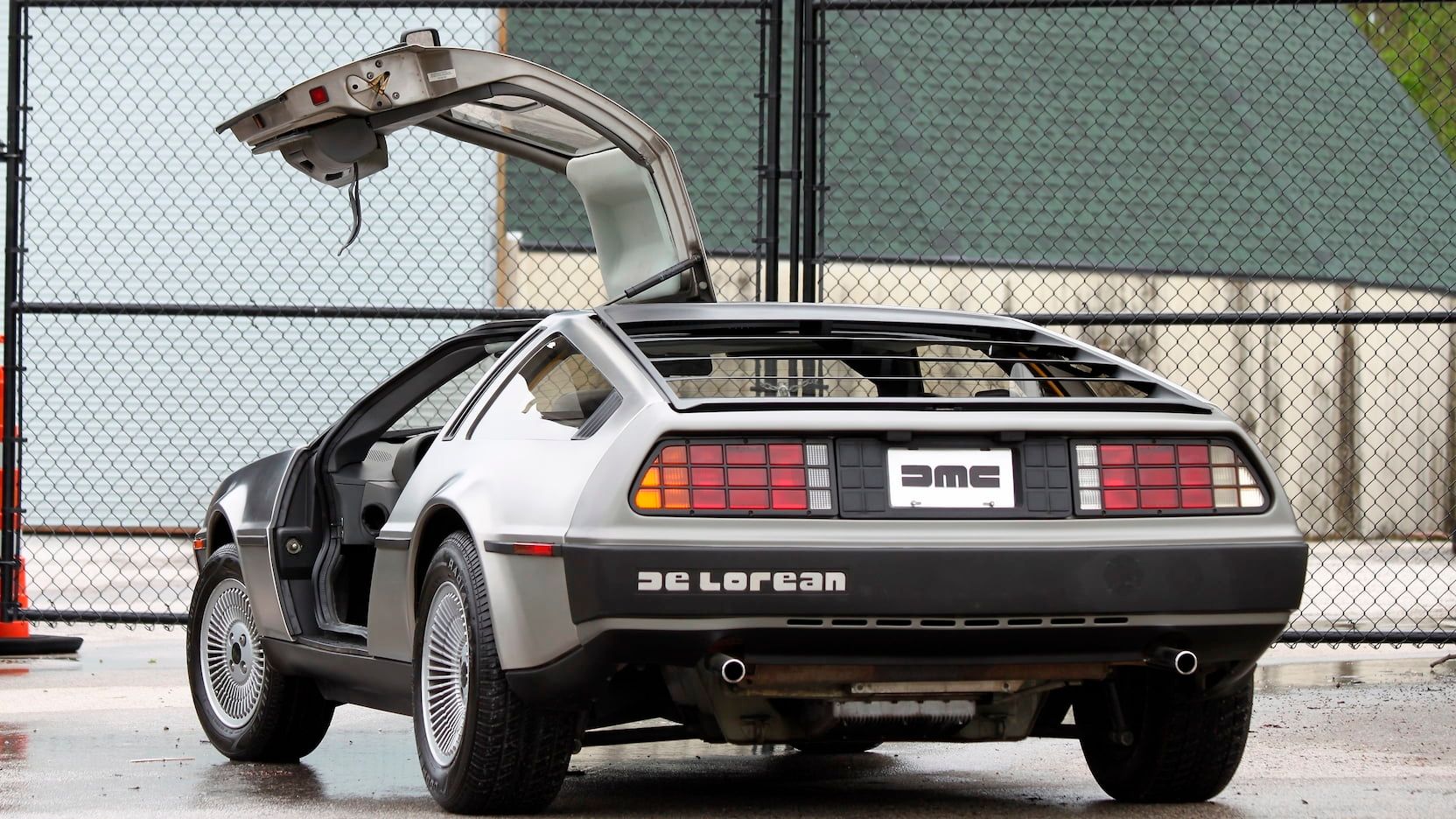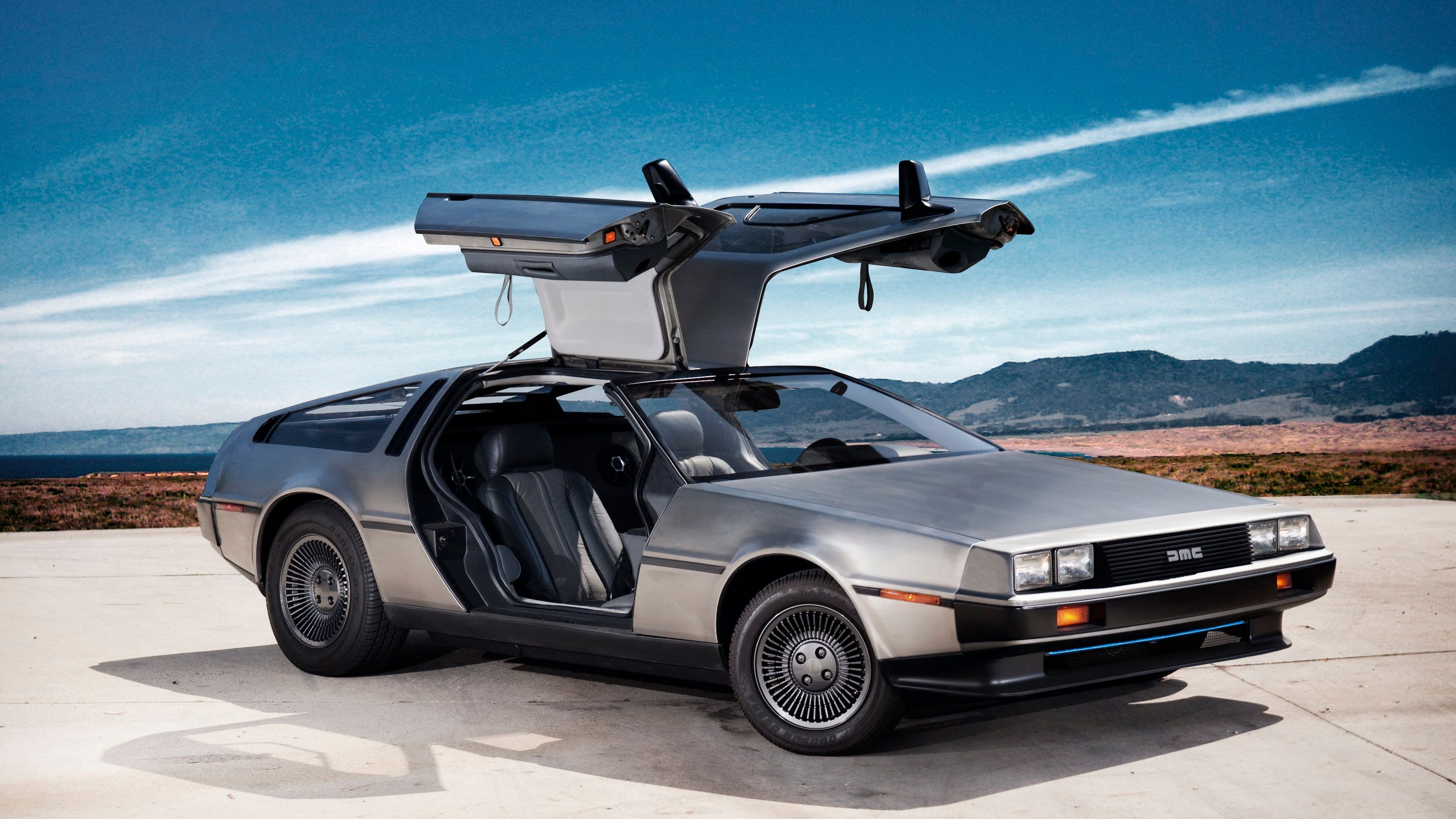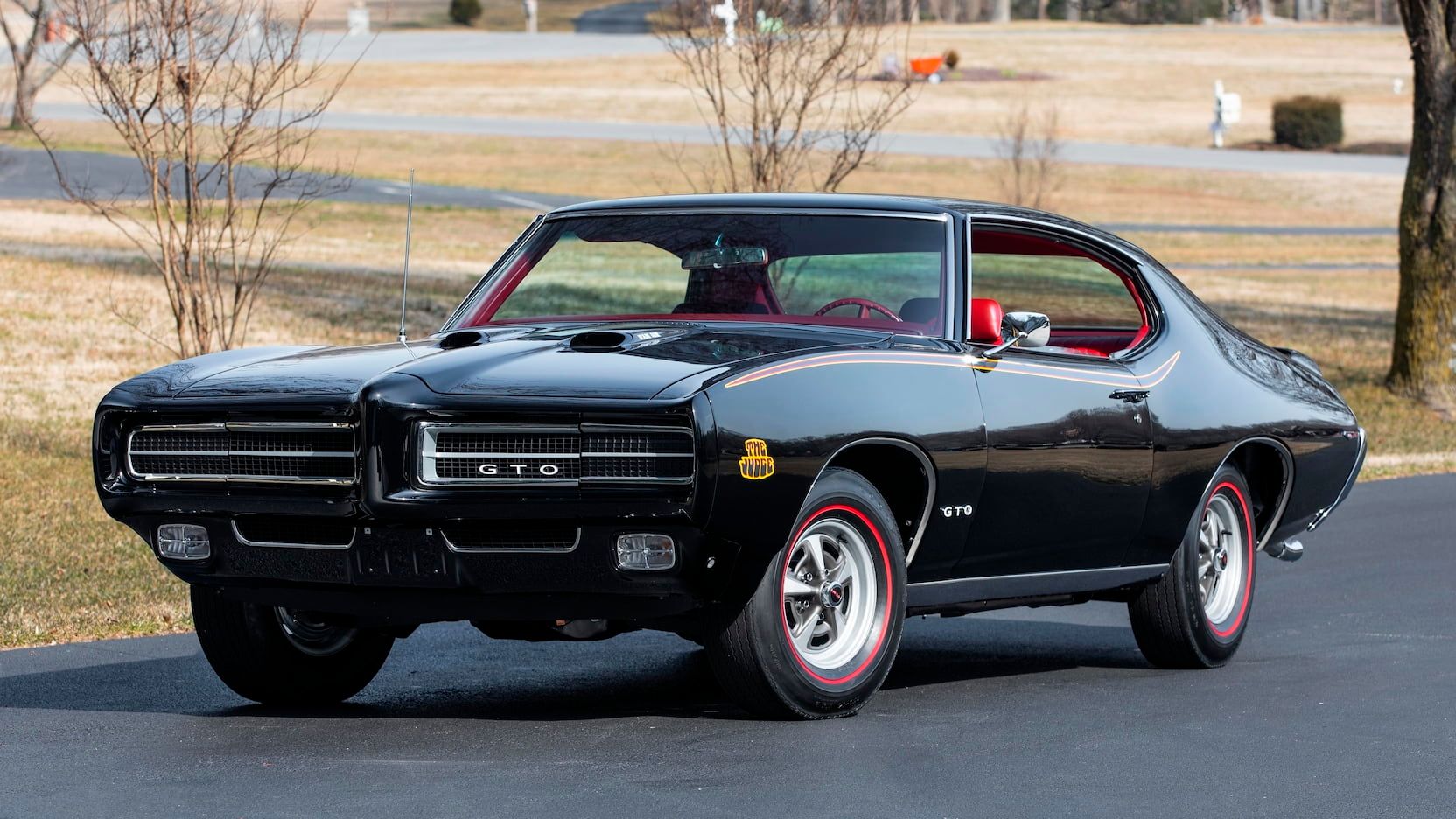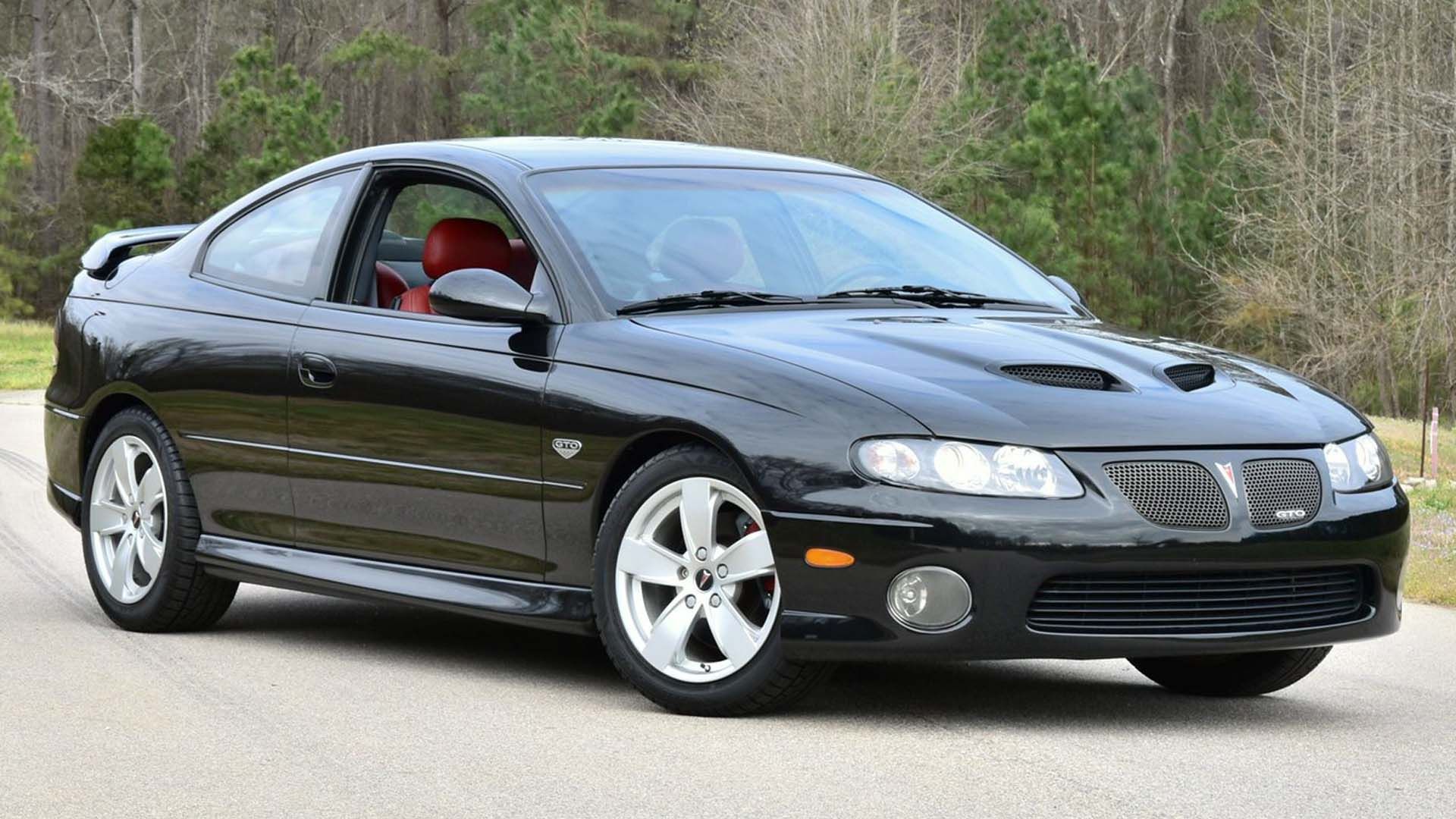The automotive industry has been around since the late 1800s, but not all manufacturers have survived the test of time. Some of the coolest cars have been made by brands that don't exist anymore. It is now up to enthusiasts to keep these cars on the road and keep their memories alive. Whether it be an adventurous off-road truck or a muscle car that once dominated the streets, they play a significant role in why people have fallen in love cars.
For many, this will be a trip down memory lane, and for others, this will be an opportunity to grow their passion by being introduced to milestones of automotive history. Modern muscle cars are underrated, but they wouldn't even exist if it wasn't for the phenomenon that started it all in the 1960s.
10 Hummer H3
The Hummer H3 was manufactured by General Motors from 2006 to 2010. It was made in Shreveport, Louisiana and was based on a revised GMT355 platform that was used by the Chevrolet Colorado. The Colorado was a great off-road-ready truck that provided an ideal platform for the H3. Hummer kept the same design strategy as the H2, but with a more reasonable size. It became the smallest of the Hummer production fleet, but packed major excitement. The H3 debuted with a five-cylinder transmission that produced 220 horsepower. It came standard with a five-speed manual transmission and a four-speed automatic was available.
Engine options varied throughout its five year run, but the best became available in 2008. A 5.3-liter V8 became the engine of choice for the H3 Alpha. It packed 300 horsepower and provided extra power for owners out in the wild who were pushing their Hummer to its limit. The Hummer lived up to its reputation and was equipped with a full time four-wheel drive system that made it suitable for any sort of terrain. The Hummer brand did well, but ultimately met its demise when GM filed for bankruptcy.
9 Plymouth Prowler
The Plymouth Prowler is perhaps one of the most unique production designs to ever come out of Daimler-Chrysler. It was a retro-styled car that payed homage to hotrods of the 1930s. It was produced from 1997 to 2001 with a total of 11,702 units. When it came out, it featured a 3.5-liter V6 that produced 214 horsepower. It looked fast, but could only do a 0-60 run in about 7 seconds. It wasn't until 1999 that it became equipped with a more powerful 253 horsepower engine that was capable of a 5.7 second 0-60.
Even though Daimler-Chrysler made improvements, the Prowler was doomed when the Plymouth brand was discontinued. Unfortunately, the Prowler was never available with the V8 engine or manual transmission it deserved. Despite it being underpowered, it is still quite collectible today. A low mileage example can be purchased for approximately $35,000 USD. The vast majority of Prowlers built are still around as consumers never purchased them to be daily drivers. Only time will tell if the Prowler will be worth collecting.
8 Saturn Sky Redline
Saturn, which was established by General Motors, never made many exciting cars throughout its 20 year lifespan. it was a brand that was developed in effort to take away market share from Japanese manufacturers. Although Saturn made reliable cars and marketed them completely separate from their General Motors counterparts, the investment never quite paid off. The Saturn Sky was their best attempt at making a car for enthusiasts. Atleast, this is what everyone thought until the Sky Redline was introduced.
The Sky was built along with the Pontiac Solstice in Wilmington, Delaware. They shared many characteristics with minor changes in design. When the Sky Redline became available as a 2007 model, it boasted an inline 4-cylinder that produced 260 horsepower. It could do a 0-60 in 5.2 seconds, which is quicker than a brand new 2021 Mazda Miata. The Sky Redline meant business with its style and actually had the power to back it up. All units built were convertibles and were available with an automatic or manual transmission.
7 Pontiac Firebird
The Firebird was a long-running muscle car in Pontiac's lineup. It was in production from 1967 to 2002 and, unlike other muscle cars, all generations of it are desirable. Back in 1967, Pontiac gave the Firebird four engine options. The base model had an inline six-cylinder that produced 165 horsepower but even that engine option had a faster "Sprint" version that packed a four-barrel carburetor that increased output to 215 horsepower. Of course, when buying a muscle car, the majority of consumers opted for one of the V8 engines instead.
Fast forward to 1998 when the refresh was made on the final generation of the Firebird and a lot had changed. The LS1 from the Corvette was being used under the hood for the Formula and Trans Am variants which were now at the top of the line. It is not hard to imagine why the 2002 Pontiac Firebird Trans Am WS6 is now the most sought-after of the final generation. By 2002, it was producing 325 horsepower and was available with a manual transmission. Keep in mind, it did a 0-60 sprint in under five seconds.
6 Oldsmobile 442
Oldsmobile produced over 35 million vehicles during its time, but now, most millenials would have a hard time recognizing the logo or even knowing the brand existed at all. Oldsmobile has been around since 1897 and was in business until General Motors made the decision to close down the operation in 2004. They were the oldest surviving American car company at the time. Arguably, their coolest car to ever hit the streets was the Oldsmobile 442. It was a true muscle car that is still seen at many car shows today, owned by true gearheads who have not forgotten about the Oldsmobile 442.
In 1968, Oldsmobile was working with Hurst Performance to turn up the power on their 442. They installed a modified W-30 Turbo 400 automatic transmission which had unique gear ratios and the iconic Hurst shifter. The 455 cubic inch V8 in the car made it good for a 0-60 time of just 5.4 seconds, which made the the fastest Oldsmobile to ever hit production during its time. If Oldsmobile wasn't already attracting buyers, they would later add a manual transmission and convertible option to the mix.
5 Mercury Cougar
Mercury, who was a division of the Ford Motor Company, was placed below Lincoln in their lineup. Mercury was around from 1938 to 2011. Their most memorable car was the Mercury Cougar and it sold more models than any of their other cars, with the exception of the Grand Marquis. The Cougar shared many components with the Mustang, but had a fresh body design with a luxurious appeal. Unlike the Mustang, the first generation of the Cougar was only available with V8 engine options.
in 1968, Mercury released the Cougar GT-E with a 427 V8 that produced 390 horsepower. There was even a 428 Cobra Jet option available which is incredibly rare to see today. The first generation of the Cougar is by far the most desirable of the eight generations that were in production. A fine example will only set a potential buyer back approximately $25,000 USD. The Cougar has maintained a close spot in the hearts of those who love underappreciated muscle cars.
4 AMC AMX
If Millenials have not heard of Oldsmobile, they certainly have not heard of AMC. They produced safe economy cars, but decided to change their approach in the market when sales were declining. Until this point, the Javelin was their only muscle car in production and was made to compete with the Mustang. The AMX was a two-seater coupe and was built to compete with the Chevrolet Corvette. Surprisingly, the AMX had a lot going for it when it became available in 1968. Many began to see what was so innovative about the AMC AMX.
AMC didn't waste time proving that the AMX was a real contender for the Corvette. In January of 1968, they brought in professional drivers and provided them with two modified units of their AMX to break land speed records. They ended up breaking 106 national and international land speed records with their most impressive being completed at the Bonneville Salt Flats in Utah. This is where they obtained a top speed of 189 mph. Today, the AMC AMX is far less expensive than other muscle cars or Corvettes from its time period. Approximately $25,000 USD will be enough to own a respectable example.
3 Studebaker Avanti
Studebaker history dates back well into the 1800s when they were producing horse-drawn wagons. It was not until 1913 that the company was actually producing cars under its own name. Studebaker saw many ups and downs during its time. In 1928, they acquired luxury car brand Pierce-Arrow, but shortly later they were heavily impacted by The Great Depression. The Avanti was only in production from June of 1962 to December of 1963. It was a short lived production car with a 289 cubic inch V8 that produced 240 horsepower. Fortunately, it was not done forever.
The Avanti would return again in 1965, after two Studebaker dealers purchased the facilities and tooling needed to get the car back into production. The Avanti would be reborn as the Avanti II under the Avanti Motor Corporation. The new Avanti II was fitted with 327 cubic inch V8 engines that were used in the Corvette. The Avanti was now better than ever before. New dealers were not needed as most models were sold right from the factory. Because of the success, production lasted all the way until 1982.
2 DeLorean DMC-12
John DeLorean famously worked as a division head of Pontiac at General Motors at the age of 40. This made him the youngest ever to achieve the role. Within just four years, he was promoted again to be the head of Chevrolet. in 1973, he left General Motors altogether to form his own company. The DeLorean DMC-12 became the first and only car in the DeLorean lineup. It was manufactured from 1981 to 1983. Every model was made out of stainless steel and featured gull-wing doors. It became most famous after being featured in the movie Back To The Future.
Unfortunately, the DeLorean was nowhere near as fast as it looked. It would run a 0-60 time of approximately nine seconds when equipped with a manual transmission, and even slower with an automatic. Sadly, it couldn't actually travel through time either. Due to poor sales and John DeLorean's legal troubles, the car went out of production after the 1983 model year. On the bright side, DeLorean Motor Company was revived in recent years and has a location in Texas, Florida, California and Illinois. While they do not produce new DeLoreans, they do sell used models and maintain existing DMC-12s.
1 Pontiac GTO
The Pontiac GTO is an American legend. John DeLorean oversaw the project and it all started when his engineers realized a 389-cubic inch v8 from a Bonneville would fit under the hood of the Tempest. With some addtional design work and engineering, the GTO was born. Many will argue that the GTO is what started the muscle car craze. It debuted in 1964 which was years ahead of its competition. The car had such a profound impact that a song was even written about it. In 1964, a hit single called "Little GTO'" was released by Ronny & The Daytonas. The most notable GTO came out in 1969 and was called the Judge. It was known for its Ram Air 400 V8, decals and Carousel Red color.
The Pontiac GTO went out of production in 1974 but came back for a short period of time from 2004 to 2006. Pontiac's subsidiary Holden already had the Monaro in production which made for an opportunity to rebadge and release as the new GTO in 2004. The GTO hit showrooms with a 5.7-liter LS1 V8 producing 350 horsepower. Just a year later, Pontiac upgraded the GTO with the 6.0-liter LS2 V8 producing 400 horsepower. It would get from 0 to 60 in under 5 seconds and still make a great daily driver. If that wasn't enough, tuners and the aftermarket has a plethora of modifications to make the GTO even faster.

